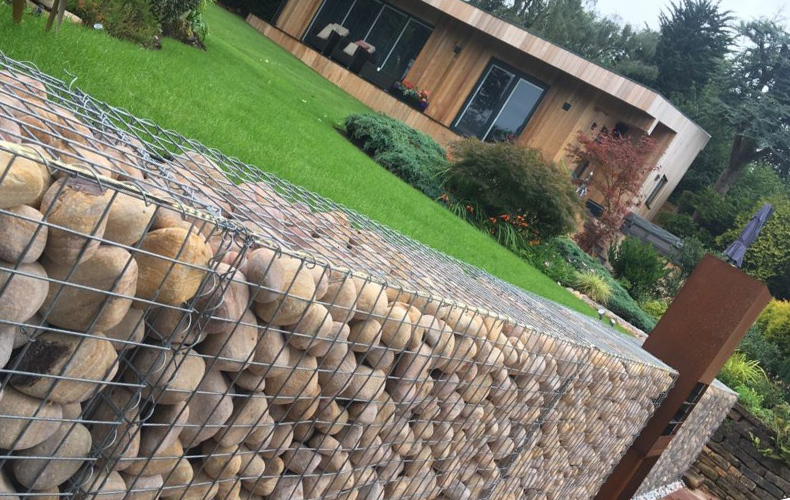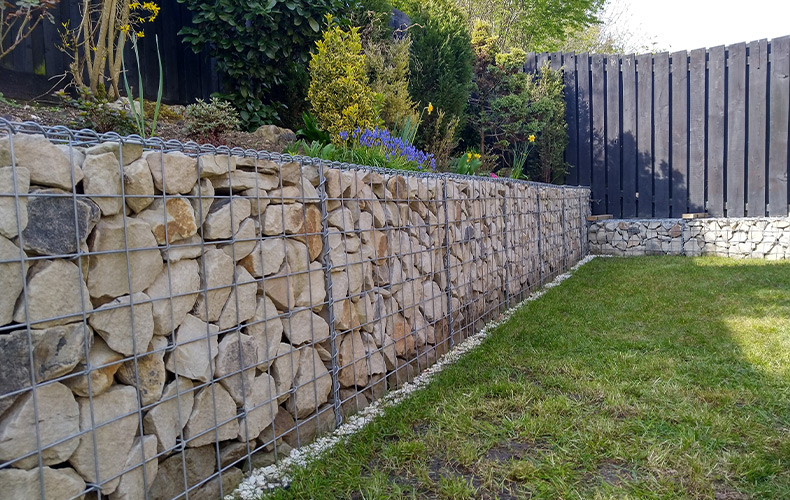Sustainable Landscaping with Self-Binding Gravel and Path Toppings
21-08-2023
Visit the Mainland Aggregates Ltd website for more information on Sustainable Landscaping with Self-Binding Gravel and Path Toppings






